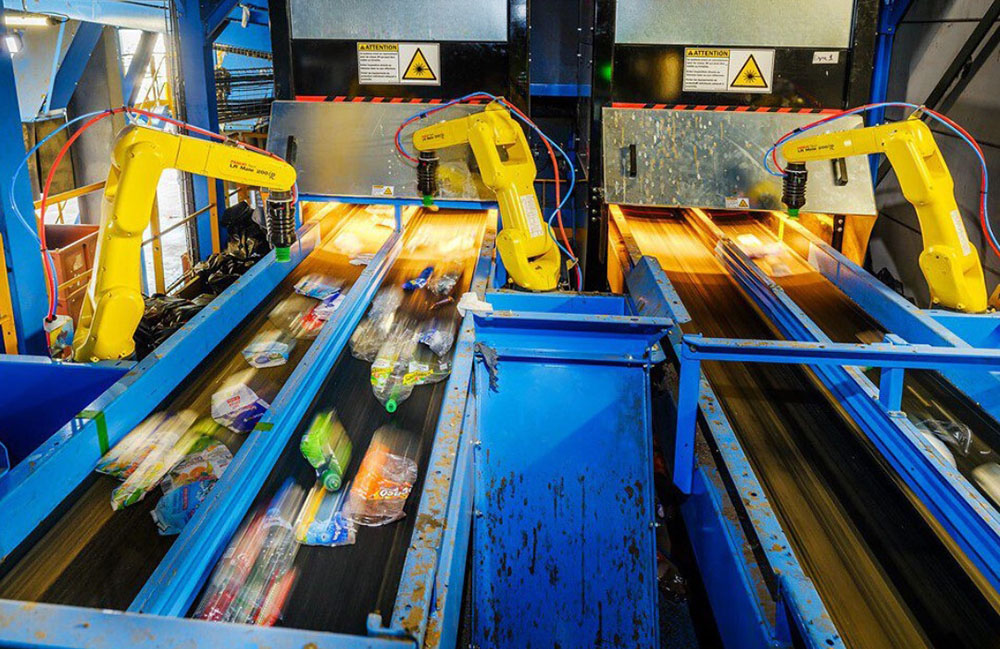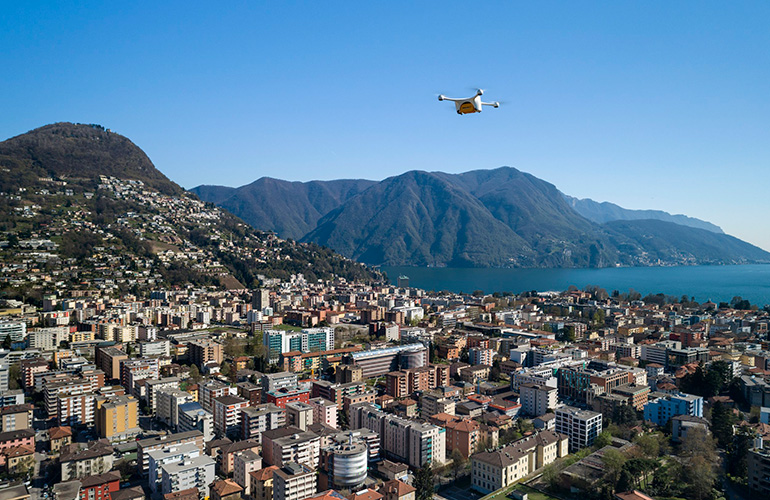
Researchers at UMass Amherst found that self-organizing robot teams could be better for industrial environments than multipurpose systems. Source: Adobe Stock
Instead of multipurpose robots, teams of robots can cooperate to execute tasks that would be tedious or hazardous for scarce human workers. However, they typically need to be pre-programmed or directed by centralized software to execute those tasks. Researchers at the University of Massachusetts Amherst, or UMass Amherst, found that programming robots to create their own teams and voluntarily wait for their teammates could result in faster task completion.
“There’s a long history of debate on whether we want to build a single, powerful humanoid robot that can do all the jobs, or we have a team of robots that can collaborate,” said Hao Zhang, one of the study authors. He is associate professor in the UMass Amherst Manning College of Information and Computer Sciences and director of the Human-Centered Robotics Lab.
In a manufacturing setting, a robot team can be less expensive because it maximizes the capability of each robot, Zhang said. The challenge then becomes: how do you coordinate a diverse set of robots? Some may be fixed in place, others mobile. Some can lift heavy materials, while others are suited to smaller tasks.
The university researchers called their approach for scheduling robots “learning for voluntary waiting and sub-teaming” (LVWS). This could improve automation for manufacturing, warehousing, and agriculture, they said.
The research was recognized as a finalist for Best Paper Award on Multi-Robot Systems at the IEEE International Conference on Robotics and Automation 2024.
UMass Amherst tests the LVWS approach
To test their robot orchestration approach, the UMass Amherst researchers gave six robots 18 tasks in a computer simulation and compared the LVWS approach to four other methods. The team’s computer model had a known, perfect solution for completing the scenario in the fastest amount of time.
The researchers ran the different models through the simulation and calculated how much worse each method was compared to this perfect solution, a method known as suboptimality. The four comparison methods ranged from 11.8% to 23% suboptimal, while the new LVWS method was 0.8% suboptimal.
But how does making a robot wait make the whole team faster? Imagine you have three robots, two that can lift 4 lb. each and one that can lift 10 lb., said the researchers. One of the smaller robots is busy with a different task, and there is a 7-lb. box that needs to be moved.
“Instead of that big robot performing that task, it would be more beneficial for the small robot to wait for the other small robot, and then they do that big task together because that bigger robot’s resource is better suited to do a different large task,” explained Williard Jose, an author on the paper. He is also a doctoral student in computer science at the UMass Amherst Human-Centered Robotics Lab.
Why use an LVWS when a perfect solution exists?
While the UMass Amherst researchers identified a perfect solution as a baseline for comparison, this isn’t typically feasible in real-world robotic lifting scenarios.
“The issue with using that exact solution is to compute that it takes a really long time,” said Jose. “With larger numbers of robots and tasks, it’s exponential. You can’t get the optimal solution in a reasonable amount of time.”
When looking at models using 100 tasks, where it would be intractable to calculate an exact solution, the team reported that its method completed the tasks in 22 timesteps rather than between 23.05 and 25.85 timesteps for the comparison models. In a production environment, any increase in efficiency can make a difference.
Zhang said he hopes this work will help advance robot teaming, particularly when the question of scale comes into play. For instance, he said that a single humanoid robot may be a better fit in the small footprint of a single-family home, while multi-robot systems are better options for a large industrial environment that requires specialized tasks.

 4 months ago
56
4 months ago
56








 English (US) ·
English (US) ·